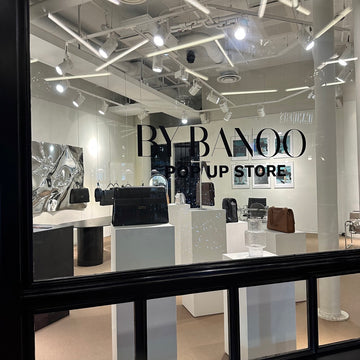Creating a sustainable wardrobe is a great way to reduce your environmental impact and contribute to a more sustainable world. Here are five steps you can be inspired by to create your sustainable wardrobe:
1. Assess your current wardrobe: The first step towards creating a sustainable wardrobe is to assess what you already own. Take a closer look at your clothing items and evaluate their quality and durability. Consider donating or selling items that you no longer wear or need. A fun option is to organize a clothing swap with friends or family, where you can exchange clothes that no longer fit or suit your style with others, giving them a new life.
2. Buy high-quality: Have in mind to support brands and designers who prioritize ethical and sustainable practices. When you do need to buy new clothes or accessories, choose high-quality items that are made to last. Look for clothing made from sustainable materials such as organic cotton, linen, and hemp, or choose secondhand clothing from thrift stores or online marketplaces. Another great tip is to look for clothing and accessories that has minimal fiber mixture, for example 100% cotton. It is much easier to recycle, than products with many different fibers in it. High-quality clothes may be more expensive, but they are a worthwhile investment since they will last longer and reduce your need to buy new items in the future. The same goes for accessories as well. Look for real leather products, since they are proven to have a long lifecycle when taken care of properly.
3. Timeless styles: Trends come and go, but timeless styles never go out of fashion. Invest in classic pieces that can be worn year after year, rather than trendy items that will quickly become outdated. This approach will save you money and reduce the amount of clothing you need to buy. A great tip is to create a capsule wardrobe. I will write more upon this topic in my next blog post.
4. Care for your clothes: Proper care of your clothing items can extend their lifespan and reduce your environmental impact. Follow the care instructions on the label to ensure your clothes remain in good condition. Wash your clothes in cold water, air dry them when possible, and avoid using the dryer excessively. Polish your leather shoes and bags. Try to repair clothes that are damaged instead of throwing them away.
5. Closed life cycle: When it's time to dispose of clothing items, do so responsibly. Consider donating them to a charity or thrift store, or sell them online. If items are too worn or damaged, consider upcycling them into something new or recycling them at a textile recycling facility. For example, you can turn an old T-shirt into a cleaning cloth, or transform a dress into a skirt by altering the hemline. Avoid throwing clothes in the trash, as they will end up in a landfill and contribute to environmental problems.
By following these five steps, you can create a sustainable wardrobe that benefits both the environment and your wallet. How you act as a consumer is part of the solution to the textile industry's problems. It is not the responsibility of the individual consumer, but everyone can do something. The more consumers who make more sustainable choices, the more sustainable consumption patterns we create in society.
I hope this gave you valuable inspiration!
xx
Fanny















